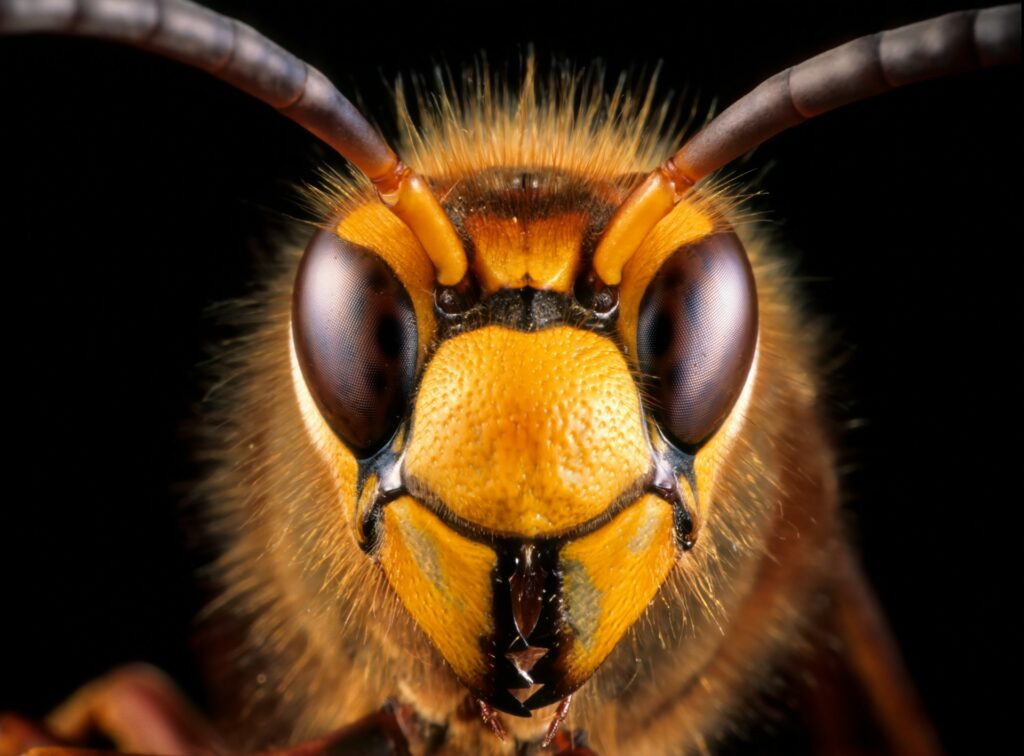The Truth, The Whole Truth, and Nothing but the Truth About Honeybees and Native Bees

Have honeybees been skating under the radar as people assume they are part of native North American wildlife? Doubters would say that installing honeybee hives to save bees is like raising chickens to protect birds. Some claim that the two efforts, although at first glance, may seem to be closely connected, are anything but. What many do not know, or choose to overlook, is that honeybees are not native to North America. Interestingly, honeybees are now categorized as domestic. It is undeniable that their existence is critical to agriculture and food production. The efforts to protect honeybees are not considered wildlife conservation in our nation.
The British Are Coming: Bees from Europe
In the early 1600s, bees were brought to Europe by colonists who were using bees for sugar and wax. It was in the 1930s that farmers and agriculturists figured out that bee habitats could be boxed up and moved where needed. Genius. Today’s crop producers should be thanking the colonists because beekeeping is big business!
As bee mobilization continues to be challenged with safely moving and keeping hives healthy, the concern over parasites and diseases is genuine. Some prevalent diseases can collapse a colony, leaving beekeepers with only 60 percent hive survival every year. Although non-native honeybees seem to thrive, native bees in North America are rapidly declining.
Honeybees Are More Recognizable, But Native Bees Have a Sad Story
Native bees do not look much like honeybees but more like flies. Their lifestyle of solitude and single nests often mislead people about their identity. Sadly, native bees do not live in isolation by choice. Instead, their lonely life results from more than 90 percent of native bee species being extinct. That’s right, only 400 species are left out of more than 4,000. Native bees typically do not have a queen or make honey in the hive. Since there are no baby bees to protect, native bees rarely sting because bees sting to defend their hive or respond if they feel threatened.
Bumblebees are one of the most studied native bee species in North America, primarily due to their relevance to tomato crops. However, in 2015, scientists’ data revealed that just under 30 percent of bumble bee species were listed on the brink of extinction. As with other bee species, decline and health are due to disease, climate change, and urban development.
Here is a truth about honeybees. According to some scientists studying native bee species – honeybees may be hogging up the pollen and nectar due to their resourcefulness. If honeybees take more than four times what a native bee needs, this becomes an issue of supply and demand. This is not a good picture of the future for native bee species.
Skip the Hive and Plant Something Instead
This group of scientists, concerned with the health of native bee species, believe that instead of taking up beekeeping and creating more hives for honeybees, it is of greater significance to plant a diverse garden. Native plants that bloom in different seasons allow native bees access to nectar and pollen. If this sounds like an option, find out what plants and flowers are native to your area.
Native blooms equal helping native bees.
If you live on a property with natural foliage and tree growth, allow fallen trees to stay down as long as possible without becoming a hazard. Bees enjoy these areas to forage, which may become a new nesting site away from your home structure.
Avoid Pesticides At All Costs
Very few people get excited when they see bees swarming or buzzing around if they are not beekeepers. Although the idea of saving the bees is valiant, dealing with bees in an area where they pose a danger to people and pets can be disconcerting. Instead of using poisonous pesticides, contact a professional bee removal service with experience in the area. If you are in Southern California, contact DTek Bee Removal Services. Offering exceptional response times, and affordable and humane live bee and beehive removal, DTek is the best in the business of taking care of people, and then bees.
When dealing with other pest concerns on your plants and around your home, be sure to avoid spraying when things are in bloom, and when possible, avoid them at all costs. Check the ingredients and make sure your pest control is not doing more damage than good for pollinators, your plants, and the environment.
If you embark in beekeeping, there is nothing wrong with that! Honeybees are cool to take care of. There is much to learn, and a new appreciation for bees will undoubtedly be a part of the process. However, in keeping honeybees, instead of doing it to save all bees, enjoy the process and your new domestic pets!
